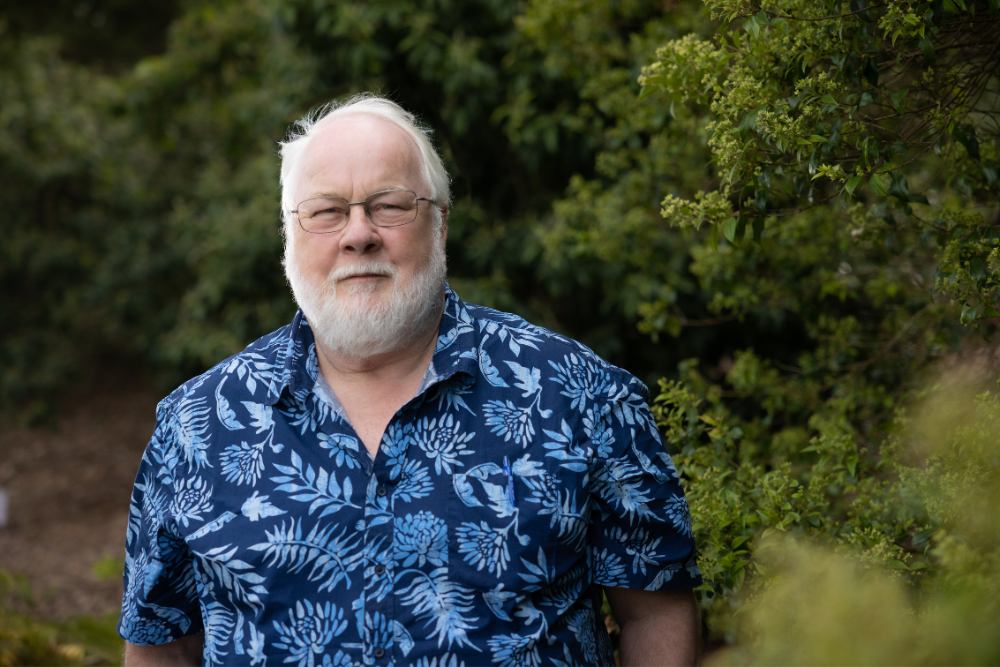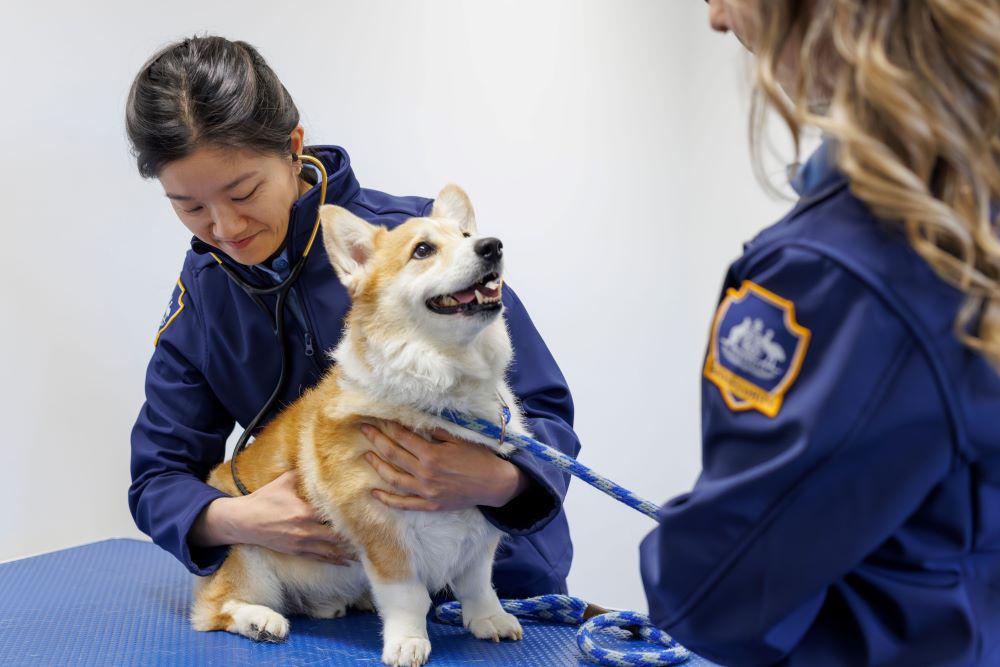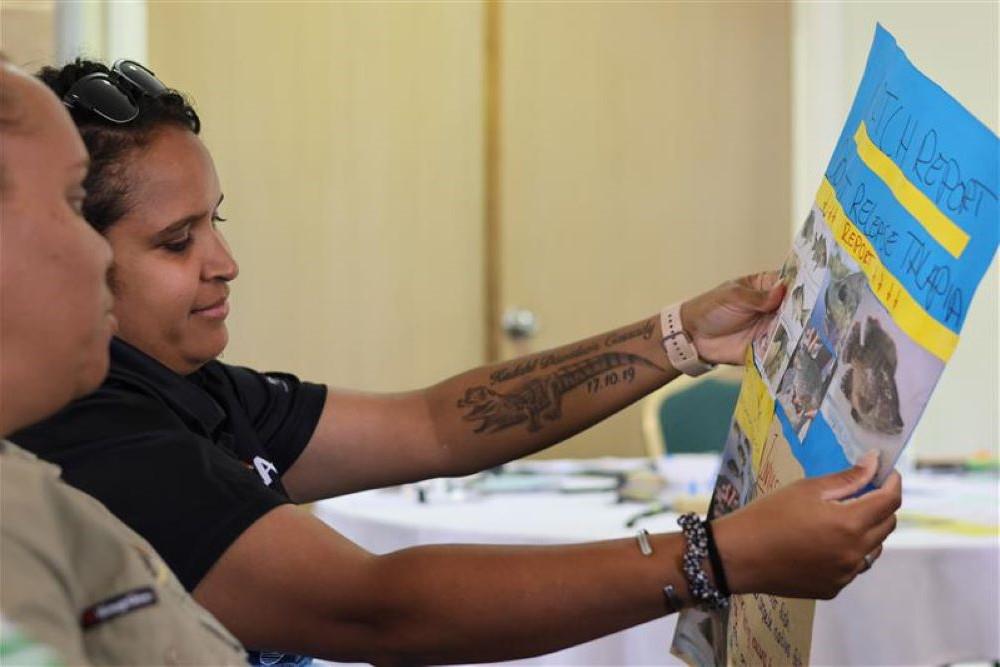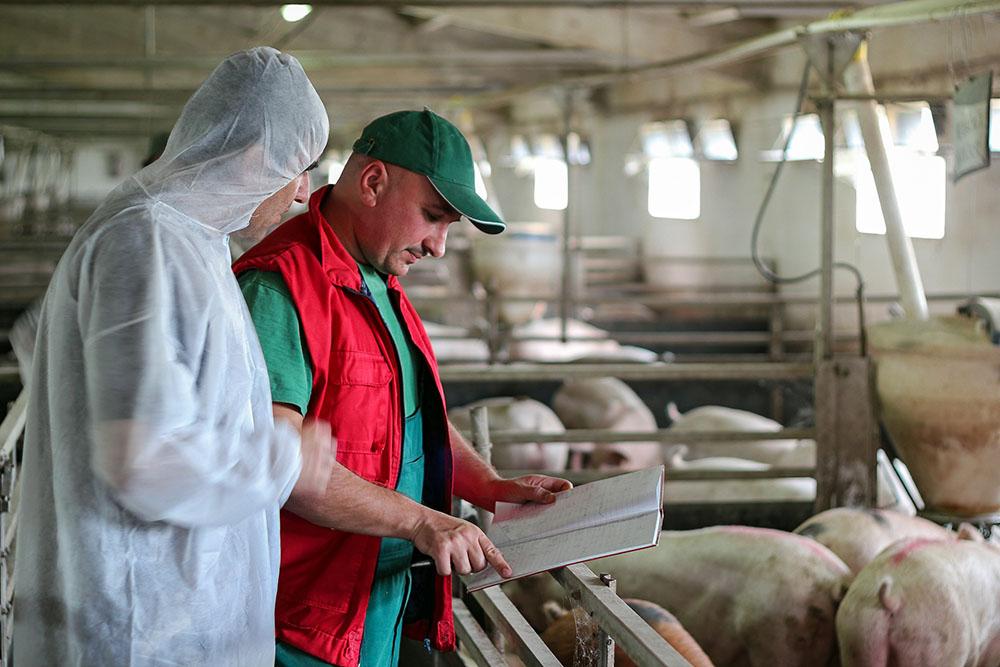Robert Owen (Bob) Makinson
Robert Owen (Bob) Makinson has received a 2022 Australian Biosecurity Award in the Environmental Biosecurity category.
Bob Makinson has been instrumental in galvanising attention and action for the introduced plant disease myrtle rust (Austropuccinia psidii). He has used his botanical and conservation expertise to raise awareness, and to secure support and funding across community groups, research institutions and governments at all levels. Myrtle rust attacks a wide range of species in the plant family Myrtaceae in the natural environment and threatens many with extinction.
When myrtle rust was first detected in Australia in 2010, Bob was President of the Australian Network for Plant Conservation (ANPC). He realised that little information and expertise on this pathogen was available to the conservation and land management sectors where the pathogen would have severe effects. By 2011 he had designed and launched a series of one-day workshops (eventually 40 nationwide), and a manual on myrtle rust recognition, risk assessment and management. The workshops helped transfer specialist knowledge into the wider conservation arena.
Bob has worked consistently with other concerned scientists and conservationists to develop a national response to this threat. He prepared the official finding on myrtle rust as a key threatening process in New South Wales in 2011 and has contributed to action and preparedness strategies in New South Wales and Western Australia. He initiated and has overseen a myrtle rust information hub on the ANPC website.
Since 2014, Bob has been a co-leader of a national expert working group to exchange technical information and to generate awareness and action among stakeholders. He built networks across botanic gardens, seed banks, academic institutions and governments, and non-government organisations.
Bob wrote a comprehensive review of the environmental effects of myrtle rust in Australia in 2018, with funding from the Australian Government’s National Environmental Science Program and the Plant Biosecurity Cooperative Research Centre. This was followed by the Myrtle Rust in Australia: National Action Plan, published by the Australian Plant Biosecurity Science Foundation in 2020, which identifies priority species and actions required to combat the environmental effects of the disease. The Australian Government is now exploring options for a threat abatement plan based on the national action plan that Bob developed.
Since 2021, Bob has been helping to plan and implement a Commonwealth-funded flagship project to save native guava (Rhodomyrtus psidioides), managed by the ANPC and project partners in Queensland, New South Wales, the Australian Capital Territory and Victoria.
Bob Makinson was nominated by Jo Lynch from the Australian Network for Plant Conservation.
Watch a video about their work
Introduction
This is the accessible text transcript of a 2022 Australian Biosecurity Awards winner video featuring Bob Makinson.
Transcript
My name is Bob Makinson. I'm a botanist and I've spent 40 years studying Australian native plants and increasingly, their conservation because many of them are under threat. One of the worst threats to emerge in recent years has been a plant disease called Myrtle rust. Introduced to Australia in 2010, it's spread up and down the east coast very rapidly.
Myrtle rust has been capable of infecting already over 350 Australian native plant species, and somewhere between 20 and 40 of those we think are, or know, are declining very rapidly towards extinction as a direct result of this disease.
There is no effective management tool in the wild, there is no magic bullet. So one of the most effective things we can do for these severely affected species is to get as many as possible of them into protected plant growing conditions, to study the disease, how it works and hopefully develop more resistant plant genotypes that can be used to reinforce populations in the wild in the future.
I'm standing today in Lismore Botanic Gardens in northern New South Wales, which is helping to host a collection of Native guava, part of a much larger collection dispersed nationally, which we hope is going to be the basis for recovery of this species in the wild and provide a model for other species affected by Myrtle rust as well.
Myrtle rust is one of many plant diseases that pose a direct biodiversity threat to Australia. We cannot let these diseases and pests affect our national heritage. Biodiversity is everybody's business. I do much of my work through the Australian Network for Plant Conservation. www.anpc.asn.au.
I'm Bob Makinson. This is what I do.




